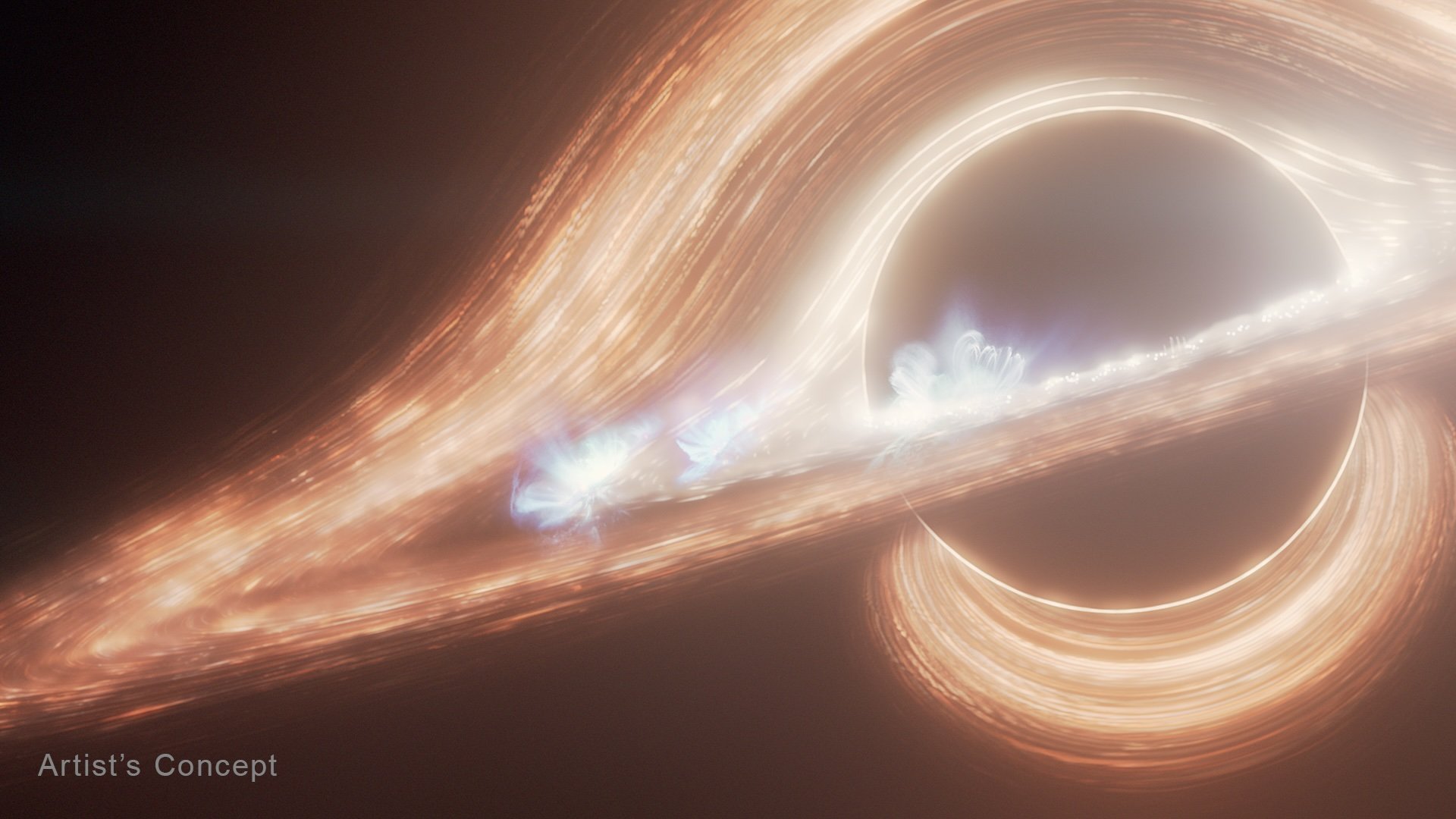The nature of black holes has sparked intense debate among physicists, particularly regarding the necessity of singularities in their structure. Traditional models, rooted in Einstein’s general relativity, describe black holes as entities defined by an event horizon and a singularity. However, emerging theories suggest that black holes may exist without these characteristics, challenging long-held assumptions.
Understanding Black Holes and Their Metrics
The study of black holes often begins with their foundational metrics. The first known black hole metric, the Schwarzschild solution, was identified by Karl Schwarzschild. This model describes a simple, non-rotating black hole. Over the years, other metrics have emerged, including the Kerr metric, discovered by Roy Kerr in 1963, which accounts for rotating black holes. These models have been crucial in visualizing black holes, as seen in cinematic representations like the film Interstellar.
Additionally, direct observations of black holes, such as M87* and the one at the center of our galaxy, SagA*, have been made possible by the Event Horizon Telescope. This data has indicated that these black holes rotate and exhibit structures consistent with the Kerr model. Nevertheless, the true nature of their interiors, including the existence of singularities, remains speculative, as direct observation inside a black hole is impossible.
The Challenges of Singularities and Event Horizons
Singularities present significant challenges in theoretical physics. Defined as points of infinite density where the laws of physics cease to function, they raise critical questions about the nature of reality. The cosmic censorship hypothesis posits that singularities are always hidden behind event horizons, preventing their effects from being observed. Yet, event horizons themselves contribute to the information paradox—a dilemma arising from the notion that information absorbed by a black hole is irretrievably lost to the universe.
To address these complications, some researchers advocate for models of black holes that do not include singularities or event horizons. The essence of this inquiry lies in the recognition that general relativity, while successful, is a classical theory. The universe operates at a quantum level, suggesting a need for a quantum theory of gravity. The Heisenberg uncertainty principle implies that precise mass cannot exist at an exact point, hinting that singularities may not form in the quantum realm. Additionally, Hawking radiation offers a mechanism by which energy and information could potentially escape a black hole over time.
Alternative theories, such as loop quantum gravity and string theory, propose models where singularities are replaced by entities like “Planck stars” or “fuzzballs.” Despite their promise, these ideas lack observational support, leading to continued reliance on general relativity in many discussions.
One innovative approach is the Hayward metric, which formulates a black hole model devoid of singularities while adhering to the constraints of being static, asymptotically flat, and spherically symmetric. Unlike the Schwarzschild model, which satisfies these criteria but includes a singularity, the Hayward model presents a non-rotating black hole that remains locally flat at its center.
The implications of the Hayward metric are profound. While it retains many characteristics of traditional black holes, it eliminates singularities and event horizons. Instead, it proposes an apparent horizon that allows matter to escape over time, akin to the effects of Hawking radiation but without relying on quantum mechanics. For supermassive black holes, the differences may be minimal, making Hayward black holes nearly indistinguishable from their Schwarzschild counterparts under current observational limits.
While the Hayward model presents a compelling alternative, it does not identify a physical mechanism to prevent singularities. It simply asserts their absence. Therefore, should the Hayward framework prove valid, long-standing concerns surrounding singularities and event horizons might become irrelevant.
In summary, the debate over whether black holes require singularities continues to evolve. As physicists explore various models, including the Hayward metric, they inch closer to resolving the complexities that define these enigmatic cosmic entities. Continued observation and research will be crucial in understanding the true nature of black holes and their fundamental role in the universe.
